Tomorrow’s maritime solutions for 100 years
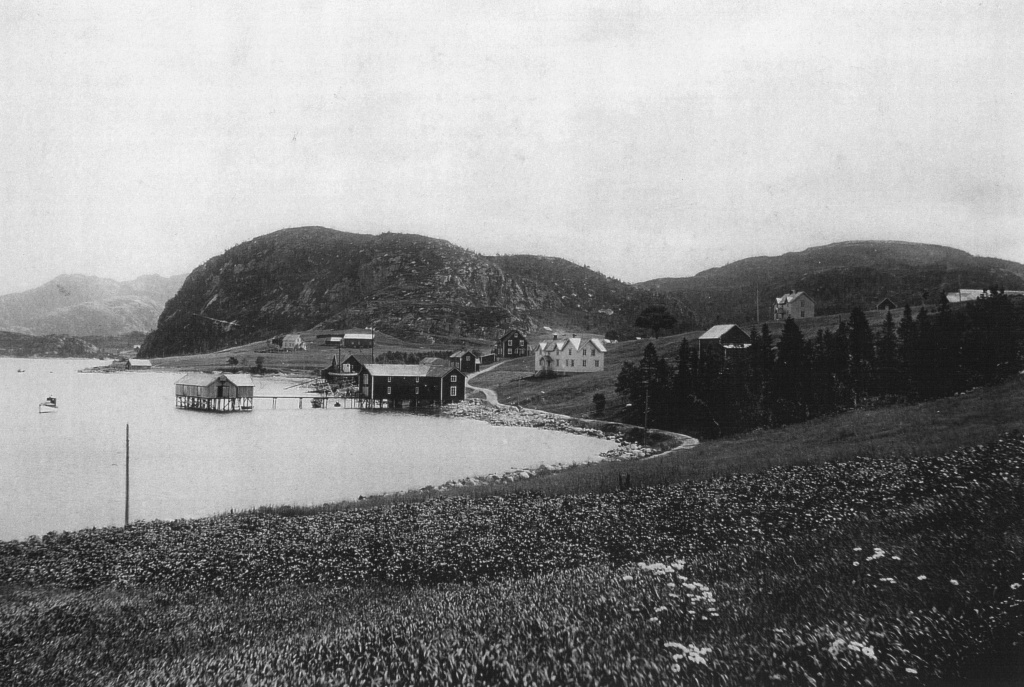
In 2023, it is 100 years since the official start of what is today best known as Moen Marin. But the story starts in the late 1800s, in the small town of Lennox in South Dakota, USA.
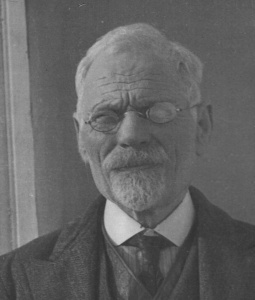
founder of Moen Marin.
Cobbler Ole Iver Ørholm emigrated with one goal: Making enough money as a wellbore and farmer to go home and start a business.
In 1908 Ørholm is back home. He eventually buys the farm Knorrmoen and quickly builds up a well-run trading business. The fishermen in the area are in the process of replacing motor sails. Ørholm quickly sees the need for service that arises. Together with local shipowners he starts a release in Storvika in 1916. It’s a success, but in 1922 it burns. The cremator Ole Iver Ørholm sees new opportunities, and in 1923 re-establishes the slip at home on Knorrmoen, which in the popular name goes by the name Moen.
Boat repairs and trade go hand in hand for decades at Moen. In 1941, son Karl Holm and wife Aslaug take over the entire business. They are also innovative. In the store they introduce the concept we know today as a food box, with goods delivered to the customer’s home. On the slip you take a big step from repair to new construction. In 1948, Building Number 1 is completed, a 95-foot wooden boat that Jentoft Kristiansen in Forvik on Helgeland will have.
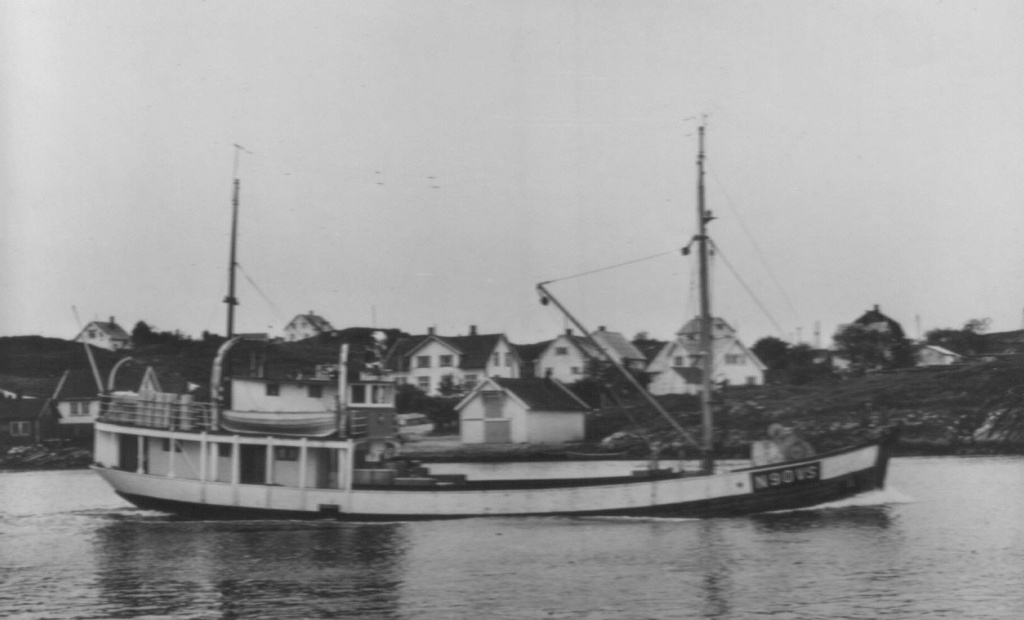
Karl Holm is constantly working on plans for a larger shipyard. The plans to build steel boats are clear, as a fire is almost wiping out the yard in 1964. Karl is aware that the business will continue, but the steel shipyard must wait. Karl’s sons Per and Otto are increasingly involved in operations. In 1969 Per and Otto Holm established Moen Slip and Mechanical Workshop together with the mechanic Kristian Livik. The latter leads the work on the yard daily. Per has his work in the bank, while ship designer Otto absorbs valuable knowledge and experience from the mechanical industry elsewhere in central Norway.
In 1974, one is ready for a new quantum leap on Moen. The first steel vessel – not only at Moen, but also at Nord-Trøndelag – is being built. It marks the start of a new era for the yard. More and more modern fishing vessels are being developed and built. Competence and the yard are growing in line with the increasing construction activity.
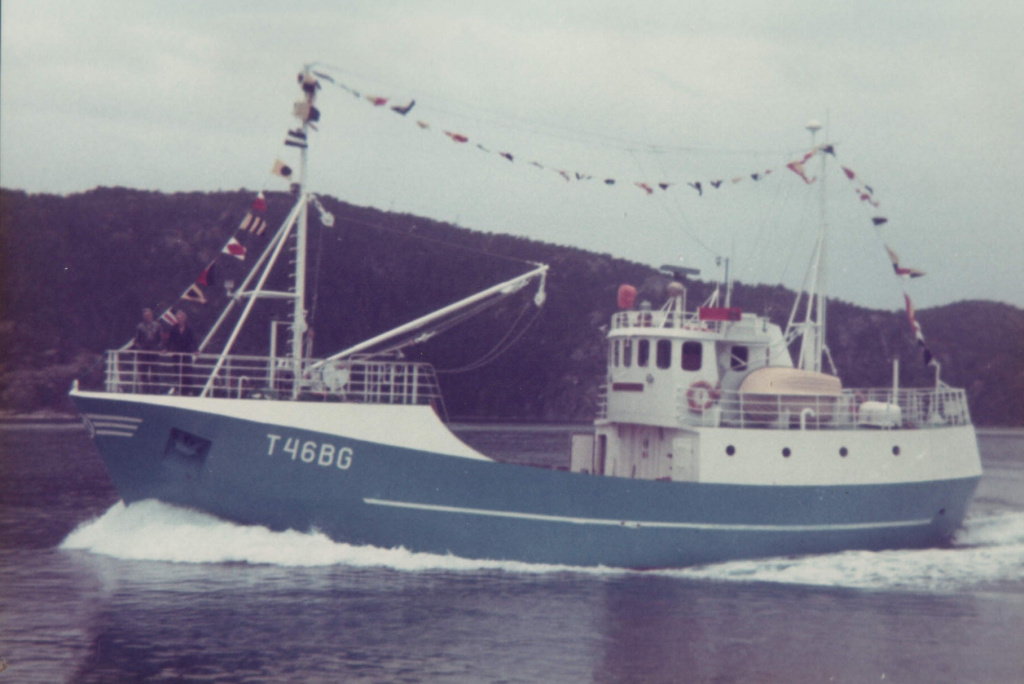
With investments in floating docks, larger vessels are coming to Kolvereidvågen, and newly built fishing vessels are heading for their home ports both at home and abroad. Led by Otto Holm, the yard is one of the few that avoids layoffs. The 80s are the decade of optimism at Kolvereid. Ole Andreas Holm walks in Uncle Otto’s footsteps and becomes a ship designer, while the young civil engineer Ole Arnt Angelsen signs on. The “Ole’s” will have an impact on the yard for decades to come.
In 1990, the CEO dies suddenly and unexpectedly. At the same time, the arrows in the industry point downwards. At Kolvereid, one stands before the decision to step down or continue to invest in new construction. The challenges are thrown into the lap of fresh director Ole Arnt Angelsen.
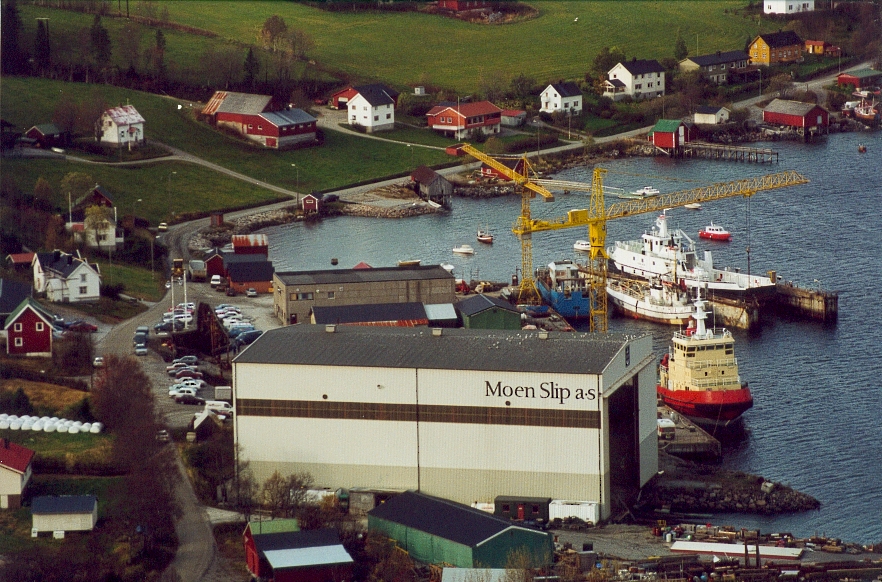
Again, bold choices are made. Despite the order book being empty, in 1992 millions are being spent on a new shipbuilding hall. The hall will be heavy on the weight bowl as the towboat company Buksér and Berging will develop tomorrow’s towing vessels. In competition with 35 yards at home and abroad, Kolvereid wins!
The innovative contract means that the whole world will build on Kolvereid. Tugs, ferries and speedboats, fishing boats and marine vessels are delivered to three continents. Internationalization also means stiff competition. As the last Norwegian yard, Moen must also flag out the hull construction.
80 years after the beginning, and they are starting to prepare for new times. The turn of the millennium meets with plans to build a 100 meter dry dock in the middle of the shipping lane. The yard will be restructured for maintenance of large vessels. The boats to be built will become smaller and more specialized.
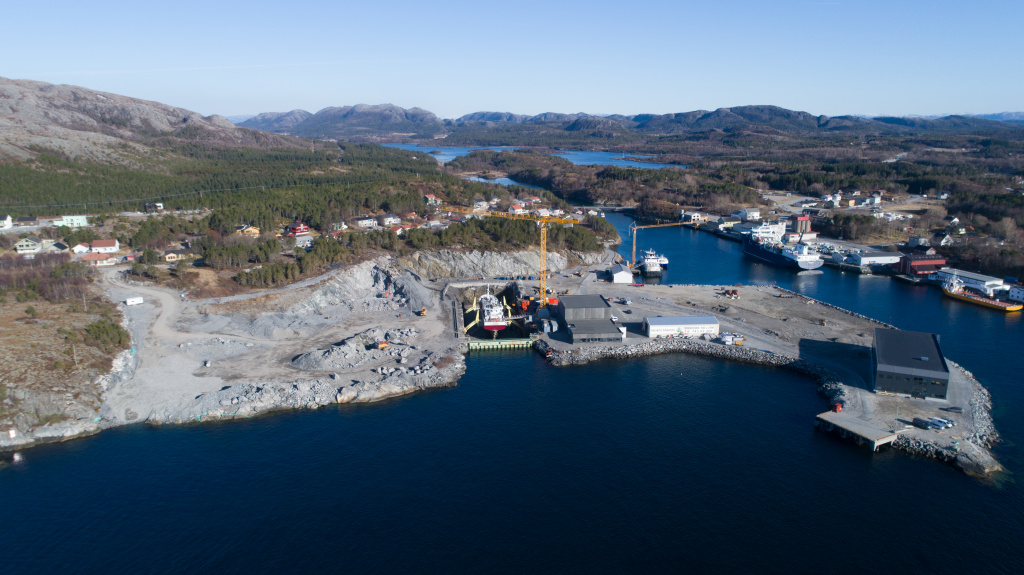
In 2011, Moen Marin acquires Nordic Aquaboats and quickly becomes the country’s largest supplier of Norwegian-designed working vessels to the aquaculture industry. In the next ten years, the workforce will quadruple. The growth is so rapid and rapid that the group model Moen Marin Group will be established in 2012.
Two years later, enterprising aquaculture investors take over. It renews and strengthens the Moen Marin brand, which now takes the position of developer of vessels, equipment and shipyard services adapted to the aquaculture industry
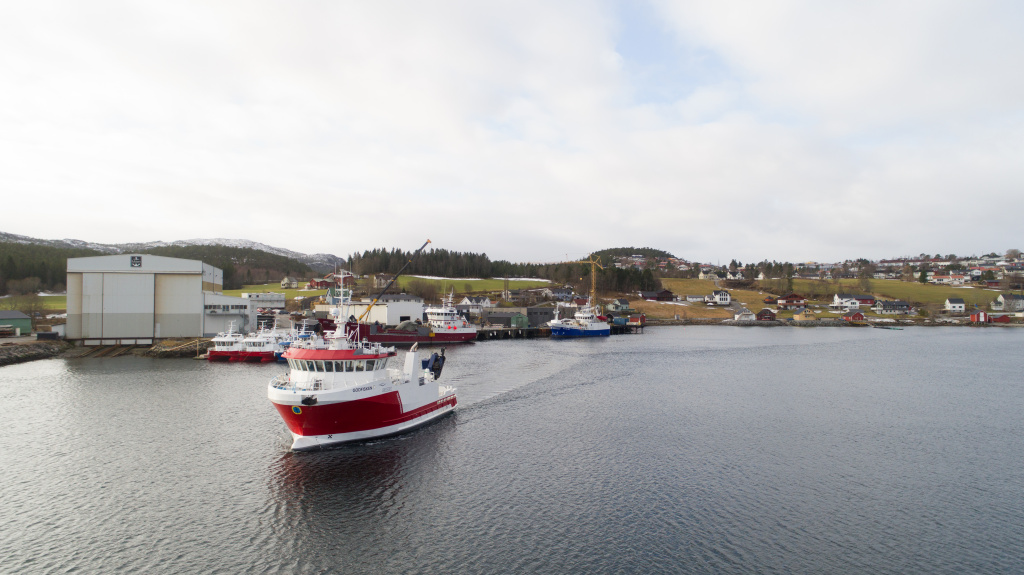
In 2018, the group will pass NOK 500 million in sales. This time it is headwind when good craftsmanship, prudence and bold choices launch tomorrow’s maritime solutions. In 2019, Moen Marin will hand over the world’s largest battery hybrid fishing boat to the shipping company Brødrene Angelsen AS in Ramberg. At the same time, the electric future for the aquaculture industry is opened.
Moen Marin – tomorrow’s maritime solutions for 100 years.